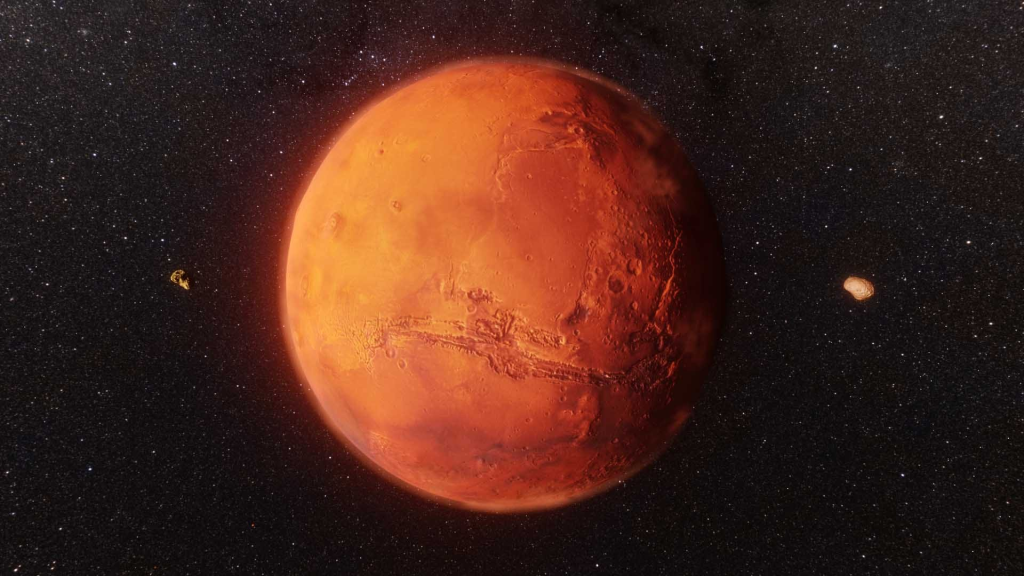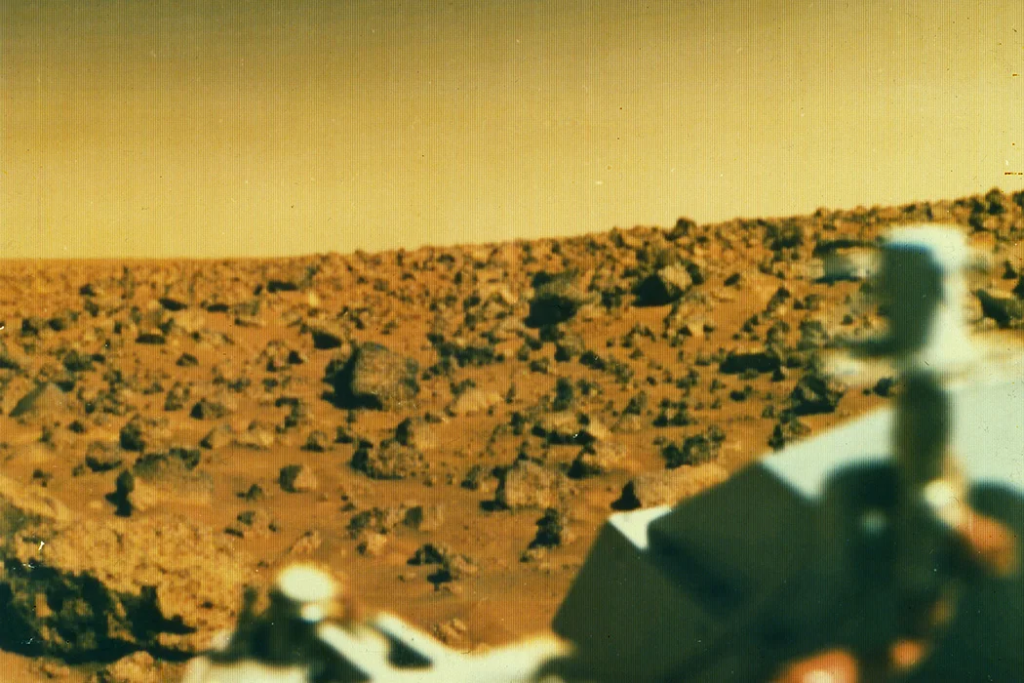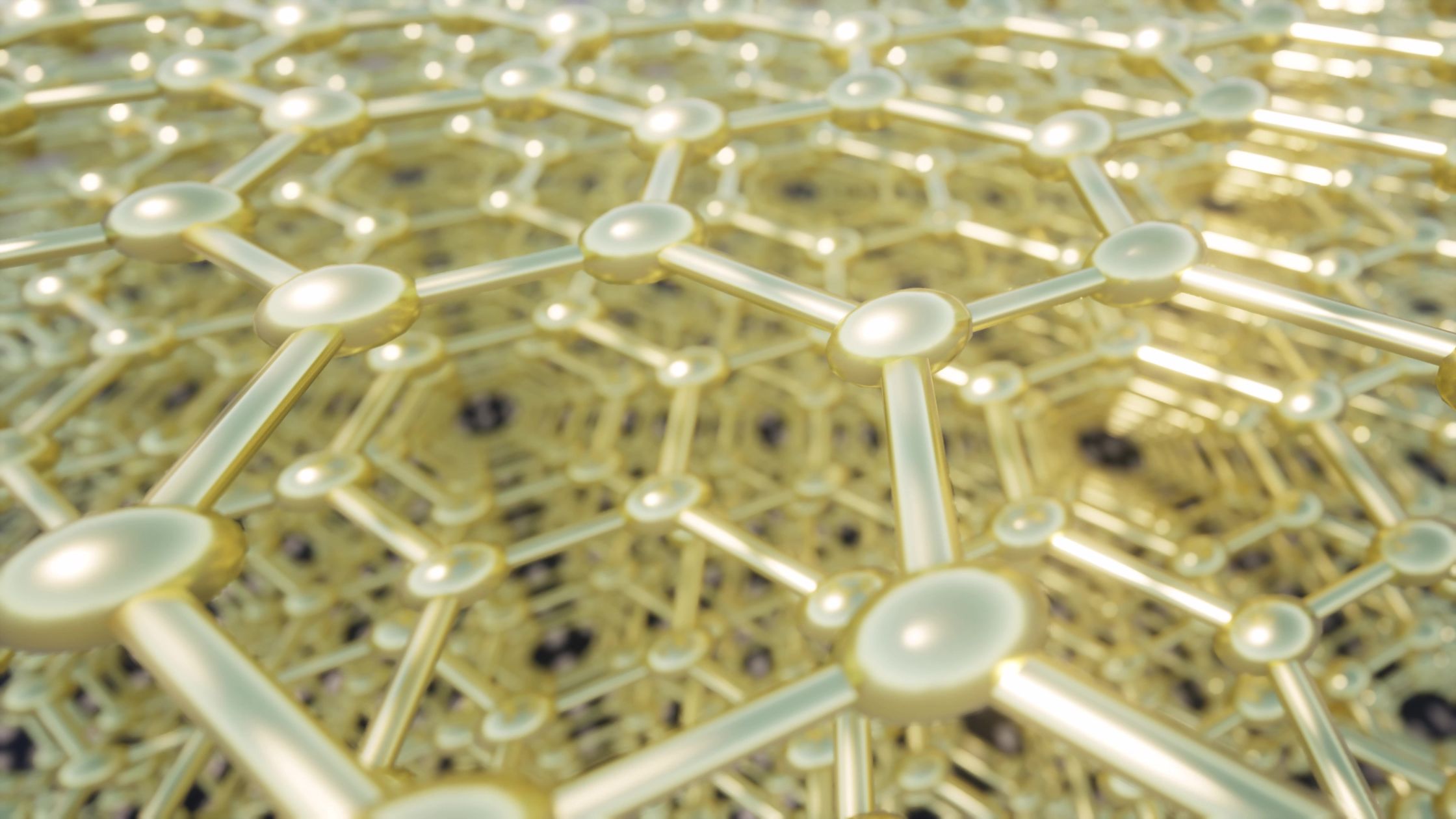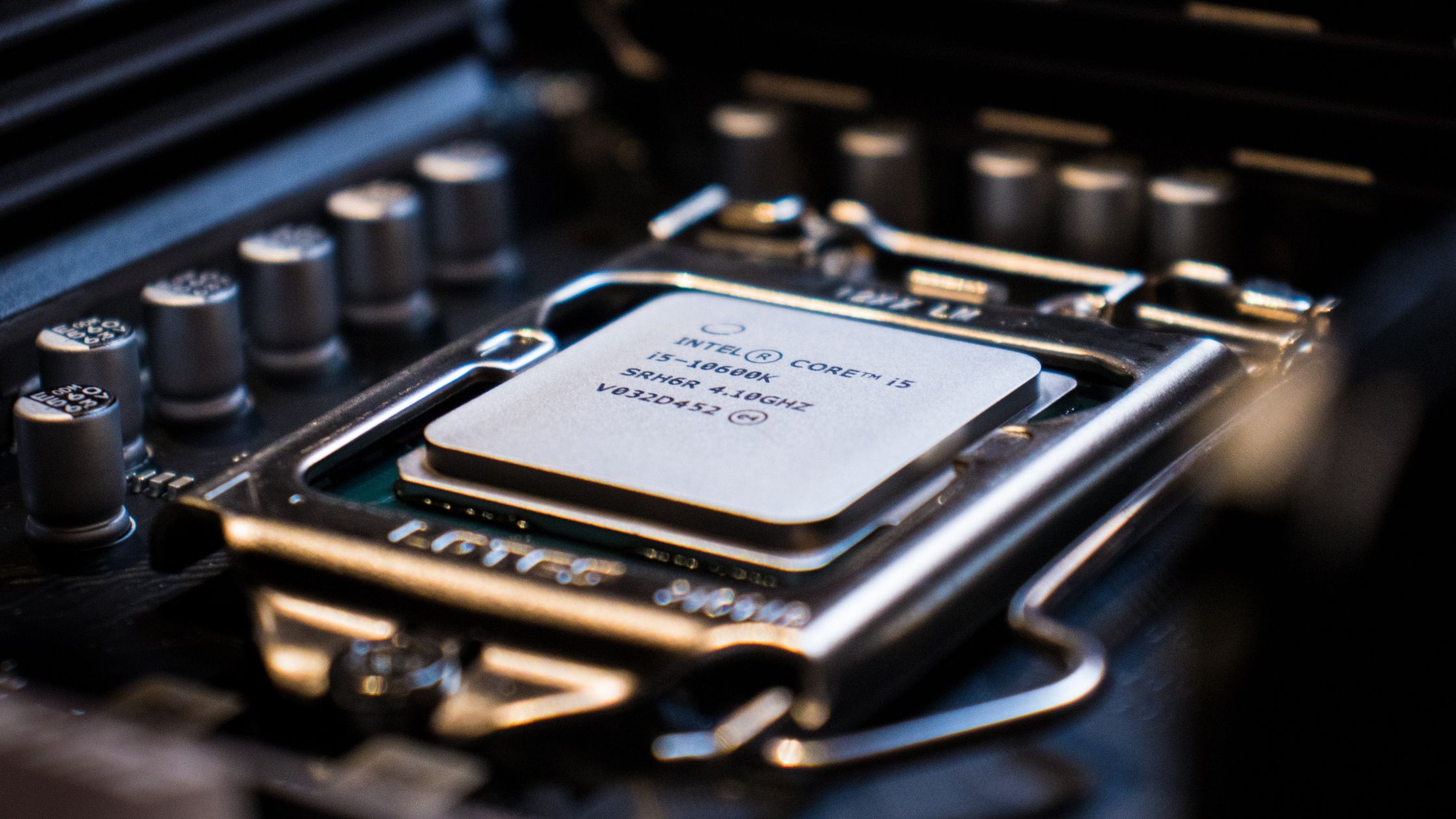While the world eagerly anticipates the results of NASA’s ongoing Mars missions, a prominent astrobiology professor presents a startling hypothesis: We may have already encountered—and unintentionally eradicated—life on Mars during a 1970s mission.

Uncovering Mars’ Geological Secrets
NASA’s Viking program, launched in 1975, was monumental in multiple ways. It provided the first-ever close-up photos of the Martian surface and undertook ambitious experiments to search for life. The landers’ findings significantly changed our understanding of Mars, revealing geological features that suggested a history of substantial water flow, from river channels to evidence of catastrophic floods.

A Series of Puzzling Experiments
Yet, the experiments designed to detect life provided conflicting results. Of the three tests conducted, the first hinted at potential metabolic processes. However, the other two tests failed to corroborate these findings, leading scientists to suspect the initial results were the product of non-biological chemical reactions. Some of the soil experiments involved adding nutrient-infused water with radioactive carbon to the Martian soil, expecting microorganisms—if present—to release radioactive gas. Although this gas was initially detected, subsequent tests did not replicate the results.
An Overlooked Possibility?
Professor Dirk Schulz-McKoch, an astrobiologist at the Technical University of Berlin, offers a new angle. He theorizes that the very act of adding water to the Martian soil might have destroyed potential life forms. Citing examples of Earth-based extremophiles that thrive in harsh conditions but can be killed by excess water, he suggests that the same might be true for Martian organisms.
Hydrogen Peroxide and Martian Life
In a 2007 study, Schulz-McKoch proposed that Martian life forms might contain hydrogen peroxide in their cells, which could offer numerous benefits for survival, like a lower freezing point and a built-in oxygen supply. He argues that if such life forms existed, the experimental conditions imposed by the Viking program might have been fatal.
“We might have killed the very organisms we were searching for,” Schulz-McKoch posits in his June article in BigThink. “The heating process before analysis could have triggered a deadly reaction if hydrogen peroxide was present, destroying any organic molecules and generating a burst of carbon dioxide—exactly what was detected in the experiments.”
A Sobering Speculation
While purely speculative, this theory raises unsettling ethical and methodological questions about our approach to exploring other planets. Did we, almost 50 years ago, discover and inadvertently annihilate Martian life forms? If so, the implications are far-reaching, not just for the ethics of space exploration but for understanding life’s rarity and resilience across the universe.




